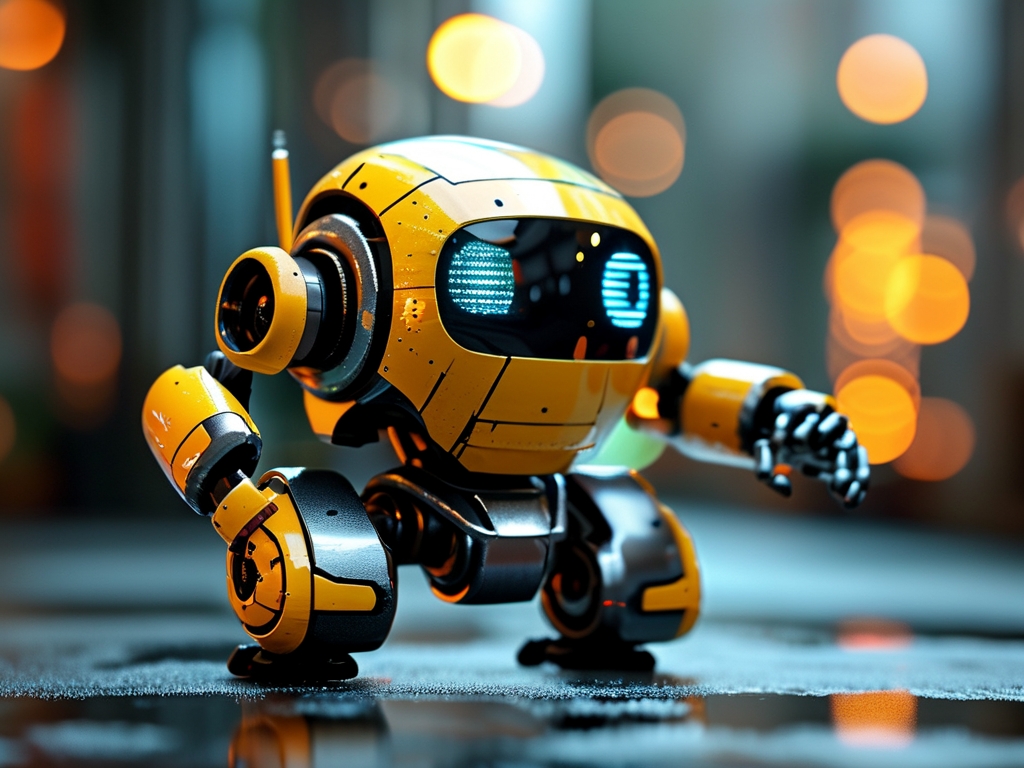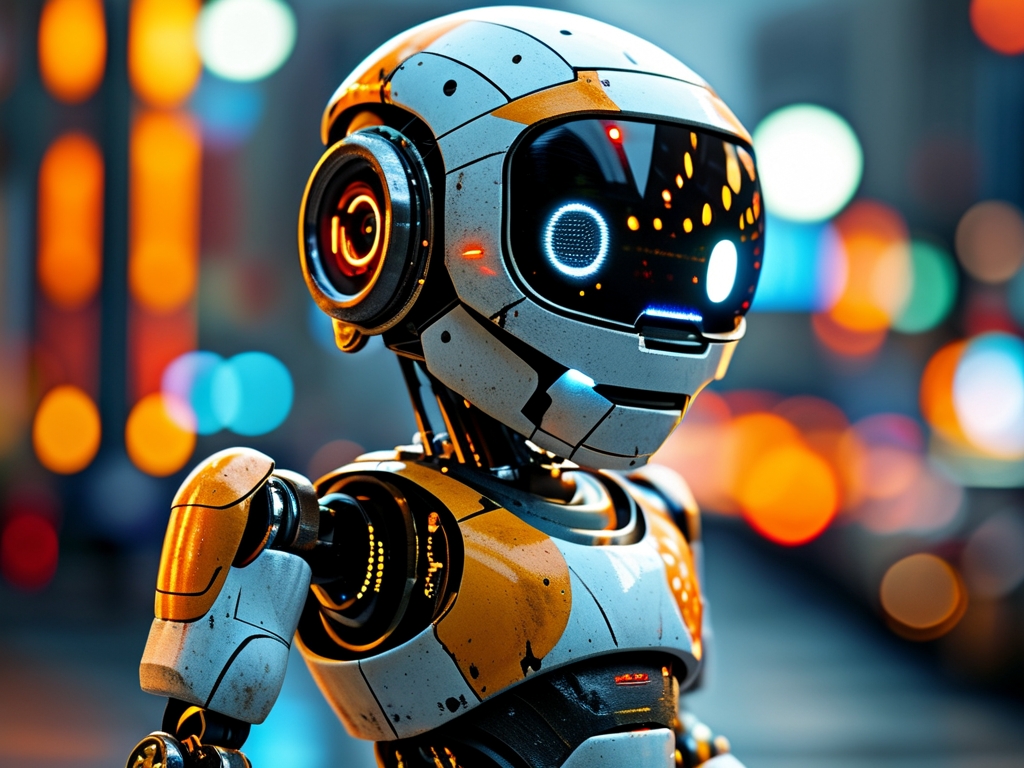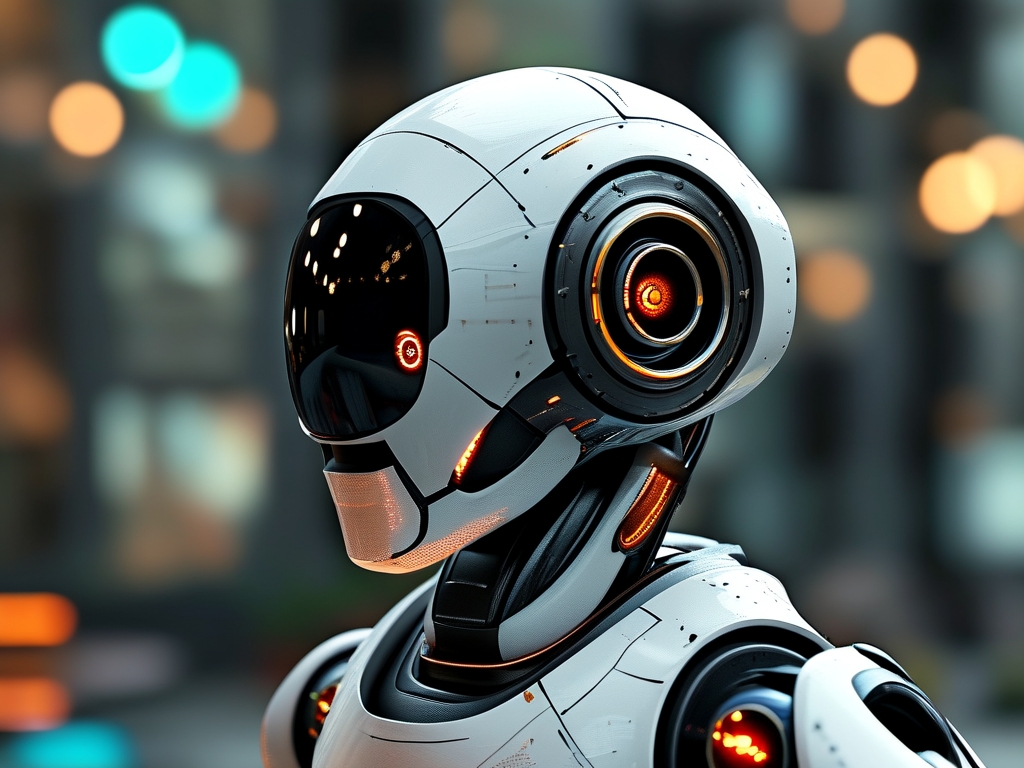In the rapidly evolving field of robotics, debugging is a critical skill that ensures systems operate reliably and efficiently. Whether you’re working on industrial automation, service robots, or experimental prototypes, understanding which technologies require meticulous debugging can save time, reduce costs, and prevent catastrophic failures. This article explores key robot technologies that demand rigorous debugging and offers insights into best practices for addressing common challenges.
1. Motion Control Systems
Motion control lies at the heart of robotics, governing how robots move, balance, and interact with their environment. Debugging motion control systems involves verifying the accuracy of kinematic and dynamic models, tuning PID controllers, and addressing issues like overshooting or instability. For example, a robotic arm’s trajectory planning algorithm must account for joint limits, torque constraints, and external forces. Tools like MATLAB/Simulink or ROS (Robot Operating System) simulations are indispensable for identifying discrepancies between expected and actual behavior. Additionally, hardware-in-the-loop (HIL) testing helps validate motor drivers and encoder feedback systems in real time.
2. Sensor Integration and Calibration
Robots rely on sensors—LiDAR, cameras, IMUs, force-torque sensors—to perceive their surroundings. Debugging sensor systems requires ensuring data synchronization, minimizing noise, and calibrating for environmental variables. A common issue is sensor fusion errors, where conflicting data from multiple sources (e.g., a camera and LiDAR misaligning object detection) lead to faulty decisions. Techniques like Kalman filtering or machine learning-based anomaly detection can mitigate these problems. For instance, calibrating a depth camera’s intrinsic and extrinsic parameters is essential for accurate 3D mapping in autonomous drones.

3. Human-Robot Interaction (HRI) Modules
As robots increasingly collaborate with humans, debugging HRI systems becomes vital. This includes testing gesture recognition, voice command processing, and safety protocols like collision avoidance. A social robot’s speech recognition module, for example, might misinterpret accents or background noise, requiring iterative testing with diverse datasets. Tools like Gazebo or Unity simulations enable developers to simulate human interactions in virtual environments before real-world deployment. Additionally, ensuring compliance with safety standards (e.g., ISO 10218 for industrial robots) demands rigorous validation of emergency stop mechanisms and force-limiting controls.
4. AI and Machine Learning Algorithms
Modern robots often incorporate AI for tasks like object recognition, path planning, or adaptive learning. Debugging AI models involves addressing overfitting, dataset biases, and real-time inference delays. For example, a delivery robot’s vision system might fail to recognize packages under low-light conditions if training data lacked such scenarios. Techniques like adversarial testing and explainable AI (XAI) frameworks help diagnose model weaknesses. Furthermore, optimizing neural networks for edge computing—ensuring they run efficiently on embedded GPUs—is critical to avoid latency issues.

5. Communication Protocols and Networking
Multi-robot systems or cloud-connected robots depend on robust communication protocols like ROS 2, MQTT, or 5G. Debugging these systems involves resolving packet loss, latency, and synchronization errors. In a swarm robotics scenario, a single node failure could disrupt the entire network, necessitating fault-tolerant algorithms. Tools like Wireshark or ROS 2’s built-in logging utilities help trace communication bottlenecks. Security is another concern; ensuring encrypted data transmission prevents vulnerabilities in collaborative industrial robots.
6. Power Management and Thermal Systems
Overheating or power fluctuations can cripple robot performance. Debugging power systems involves monitoring battery management systems (BMS), optimizing energy consumption, and preventing thermal throttling. For example, a mobile robot operating in high-temperature environments may require active cooling solutions, while drones need lightweight, high-capacity batteries. Tools like thermal imaging cameras and power analyzers assist in identifying inefficiencies.
Mastering the debugging of these core technologies empowers engineers to build resilient, high-performance robots. By combining simulation tools, iterative testing, and cross-disciplinary knowledge, developers can preempt failures and refine systems for real-world complexity. As robotics continues to advance, the ability to debug intelligently will remain a cornerstone of innovation.


